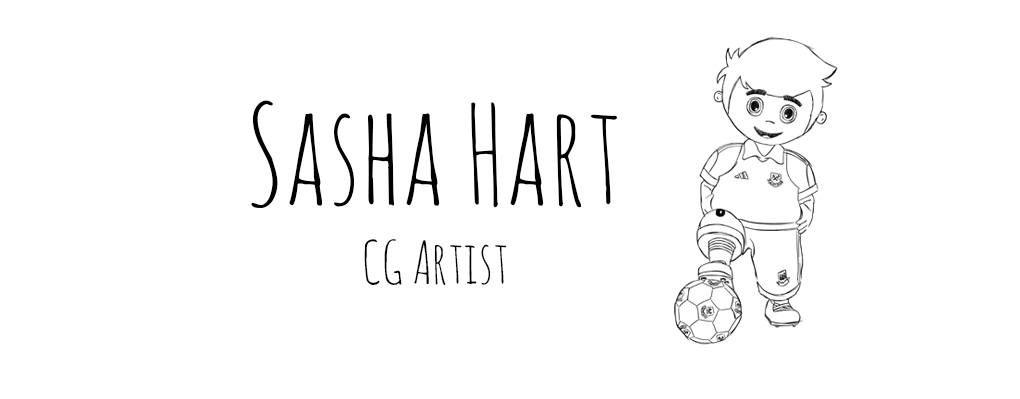Fig. 1 Portrait of Jiri Barta (2008)
Jiri Barta (1948 - Present) is a Czech stop-motion animator, artist, director and is one of the great inspiring personalities of the world of animated film. Revered as one of the world's most significant figures in animation. Barta has made a career fashioning stunningly gothic worlds of horror and fantasy, infused with sublime humour and intense moral examinations. Mixing the aesthetic traditions of his influences such as Kafka, Poe, Fritz Lang, The Brothers Quay and Jan Svankmajer. “Like Svankmajer, Barta leans toward the grotesque in his imagery; sound is heavily emphasized, whether it is blood sloshing or a guttural, nonsensical tongue, providing a tactile quality to his characters and their universe.” (Jediny, 2007) Barta's films are amazing creations that go far beyond mere children’s tales. His work has regularly taken Grand Prize at prestigious film festivals; indeed, films such as “The Pied Piper“ and “The Extinct World of Gloves“ are among the hidden treasures of animation.
Fig. 2 “The Pied Piper“ (1985) Film Still
Initially his work with cut-out shorts, but later into his career Barta later experimented with stop-motion and puppetry. Within seven years of, he has created and completed his first animation short in 1985 “The Pied Piper of Hamelin”. An animation that is still even to date is considered as one of the masterpiece of Czech animation. Quickly it become a phenomenon within Czech cinematography and was one of the most ambitious projects in the history of Czech animation.
In the opening shots of “The Pied Piper” there is a close shot of an astrological clock and Barta himself even states that it is a symbolism in an interview with Jeremy Clarke “ It is an element of medieval philosophy, which is the basis of the story and an organic part of the whole thing. It is a story about the fate, the destiny of a town, or a city if you wish, or a society, and that are why I have used this symbolism.” (Clarke, 1988) Barta uses symbolism in many of animations to great effect.
Fig. 3 “The Pied Piper“ (1985) Film Still
The film is an adaptation of a medieval German tale about a pied piper from Hamelin. Most of the animated film adaptations of the pied piper are children's films. For example Walt Disney made two films using the theme of the pied piper at the beginning of his career. In his series of films about Alice
List Of Illustrations
Figure. 1 Barta,Jiri (2008) Portrait of Jiri Barta. http://www.listal.com/viewimage/441600 (Acessed on 07/04/2011)
Figure. 2 Barta, Jiri (1985) The Pied Piper Film Still. http://www.dvdtalk.com/reviews/23937/jiri-barta-labyrinth-of-darkness/ (Acessed on 07/04/2011)
Figure. 3 Barta, Jiri (1985) The Pied Piper Film Still. http://wn.com/Ji%C5%99%C3%AD_Barta(Acessed on 07/04/2011)
Bibliography
Jediny, Jenny (2007) The Animation of Jirí Barta. http://www.notcoming.com/features/jiribarta/ (Accessed on 03/004/2011)




No comments:
Post a Comment